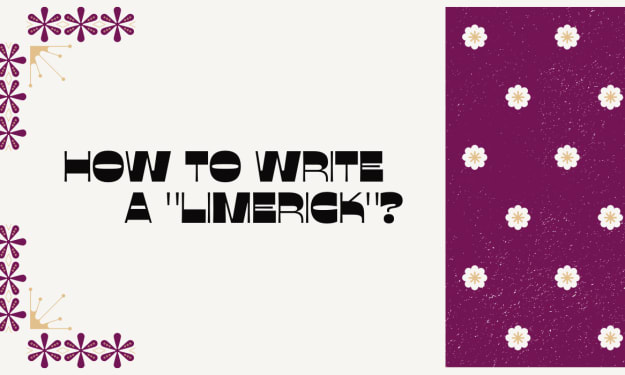What is the "Theory of Mimesis"?-
Aristotle Vs Plato

What is the theory of Mimesis?
You can find the use of term "mimesis" in philosophy or in literary criticism. The term "mimesis" is derived from an ancient Greek term which means imitation of the real. Great philosophers Aristotle and Plato wrote their own version of this theory of mimesis. You can see instances of mimesis in every field. Let me tell you what actually theory of mimesis is in simple words. Suppose I got an original idea of writing an article. If I write that article, that is nothing but imitation of the original idea of mine. Here, my idea of writing that article is the real one and after writing it becomes a copy of my original idea. Did you get it? Theory of mimesis plays a vital role in literature as well as in poetry. In this blog, let's understand some aspects of this theory of mimesis.
Let me explain this with the help of an example. Suppose I visit a hill station and I got carried away with its natural beauty. After returning, I wrote a poem about the beauty of that place. Here, according to the theory of mimesis, that place I visited is the real one and the poem I wrote is nothing but just an imitation of that real place. In simple words, my poem that described the natural beauty of that place is a copy of that original place. Similarly, if a painter reads my poem and draws a painting of that place without even visiting that. Then according to the theory of mimesis, that painting is considered as a copy of copy. So, all the form of art are considered as an imitation of someone else's original idea.
Plato's Theory of Mimesis:
The great philosopher Plato wrote about theory of mimesis in his book "The Republic". He clearly accused all forms of art as imitation of original ideas. He again said that , art has no good use. It is a medium to degrade the originality with every copy. He used this phrase "twice removed from the reality". according to him, "idea" is superior to all and it's real. He wrote an example of "a chair" to explain his theory. A carpenter thinks in his mind to build a new chair. He sets up his mind about the look and process to build that chair and that idea came to his mind from God. Here according to Plato, that idea of building a chair is real one. When that carpenter implements that idea and builds a chair, that chair is an imitation (or copy) of the chair in his imagination. When a painter looks at that chair built by the carpenter and makes a painting of that chair, that painting is nothing but a copy of copy of the original idea. Therefore, Plato said, the painting is "twice removed from the reality". He believed that, through the process of implementation from idea to a chair by the carpenter, the carpenter must have missed some portion of his idea. Again, when that painter made a painting of that chair, he must have missed some more portion of that original idea. So, the original quality of the idea was degraded twice. Plato was strictly against poetry, because he believed that, poetry is a form of imitation, full of lies and it has no good use. Instead, philosophy is more real as compared to poetry and any form of art or literature.
Aristotle's Theory of Mimesis:
As we all know, Aristotle was one of the famous students of Plato. Aristotle was not quite convinced with the theory of mimesis written by Plato. Aristotle tried to defend poetry in his book, "poetics". He replied to all allegations made by Plato. According to Aristotle, art not only imitates ideas or nature, but also it plays an important role in perfectionism. Ideas are not always perfect. Perfectionism increases during the process of mimesis. Let us consider an example, suppose an architect made one of his design. Another person who saw that can clearly identify the flaws about that in his writing and may suggest a way to fix it. In such cases, the original idea achieve more perfectness during the process of mimesis. Aristotle explained about "the four causes in nature", those are:- formal cause (idea), material cause (how a thing is built/ what a thing is made out of), efficient cause (by whom/ what a thing is built) and final cause (what is the use of the thing). In "Poetics", he said that humans have the tendency to mimic and mimicing is not a bad thing. Aristotle's theory of mimesis contradicts the theory of mimesis of Plato. Aristotle compared work of a historian and a poet. He concluded that, a historian writes about "what has happened in the past", but a poet has the vision to write about "what may/ought to have happened". He explained about the necessity of certain distance between the idea and the person representing that and proved it with another writing "concept of tragedy".
Thanks for reading.






Comments
There are no comments for this story
Be the first to respond and start the conversation.